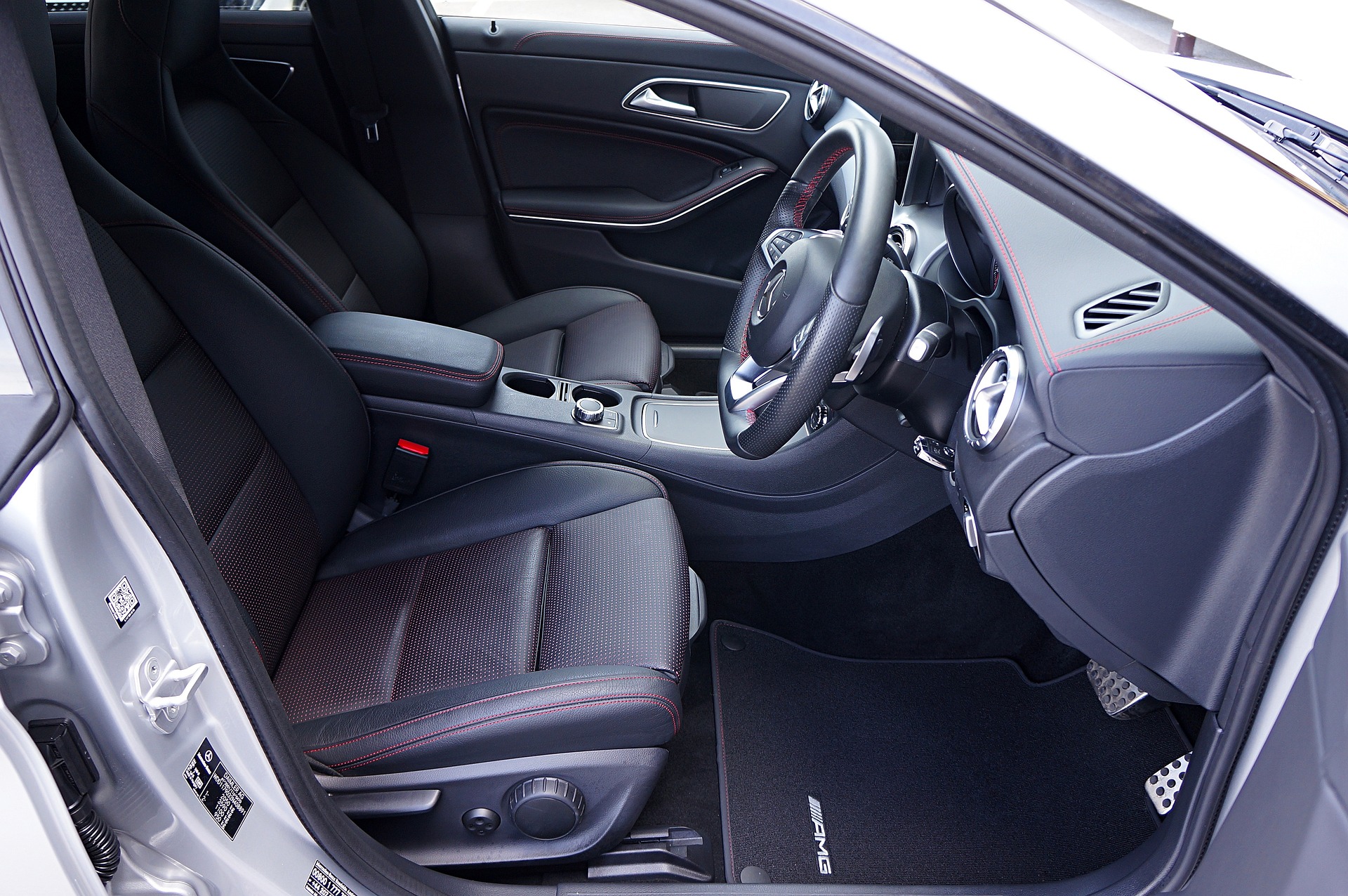Decoding the Magic of Continuously Variable Transmissions (CVT)
Introduction: Imagine driving a vehicle that never shifts gears, delivering a smooth, uninterrupted acceleration. This isn't a futuristic concept, but the reality of Continuously Variable Transmissions (CVTs). Let's dive into the world of CVTs, exploring their history, functionality, and the transformative impact they've had on the automotive industry.
A Glimpse into the Past: The Origins of CVTs
The concept of CVTs wasn’t born in a modern lab, but dates back to the late 19th century. Leonardo da Vinci first sketched a stepless continuously variable transmission in 1490. However, its practical application in vehicles did not materialize until the early 20th century when DAF, a Dutch automaker, introduced a CVT in its small cars. The technology gained popularity in the second half of the 20th century, eventually becoming a mainstay in modern vehicles, particularly in hybrid and compact cars.
How CVTs Work: The Mechanics Simplified
CVTs are unique in the automotive world due to their lack of traditional gears. Instead, they employ a pair of pulleys connected by a belt or chain that can vary their diameter. One pulley is connected to the engine (input shaft), while the other drives the wheels (output shaft). As the input pulley’s diameter increases, the output pulley’s diameter decreases, and vice versa, allowing the transmission to seamlessly adjust the car’s speed without any noticeable gear shifts.
CVTs Today: Current Trends and Developments
The adoption of CVTs has grown significantly in recent years, with manufacturers such as Nissan, Toyota, and Subaru leading the way. The technology is lauded for its fuel efficiency and smooth driving experience. However, it’s not without its critics. Some drivers find the lack of manual control and the unique driving feel to be off-putting. To address these issues, manufacturers have begun introducing simulated ‘stepped’ gears into their CVTs, giving drivers the sensation of a traditional automatic transmission while retaining the benefits of a CVT.
Pros and Cons: The Impact of CVTs on Driving Experience
CVTs have several advantages, including improved fuel efficiency and a smoother ride due to the absence of gear shifts. They also allow the engine to run at its most efficient RPM for a range of vehicle speeds. On the downside, they can be more expensive to repair or replace than traditional transmissions, and some drivers dislike the ‘rubber-band’ feel during acceleration.
Looking Ahead: The Future of CVTs
Despite the challenges, the future of CVTs looks promising. Manufacturers continue to invest in refining the technology, with advancements aimed at improving durability and driver engagement. As automakers strive to meet stricter fuel efficiency and emissions standards, the adoption of CVTs is likely to increase.
As we continue to advance technologically, the role of transmissions like the CVT will remain integral in shaping our driving experiences. As with any technological advancement, the CVT has its strengths and weaknesses. But one thing is clear: the CVT has permanently altered the landscape of the automotive industry, and it’s here to stay.







